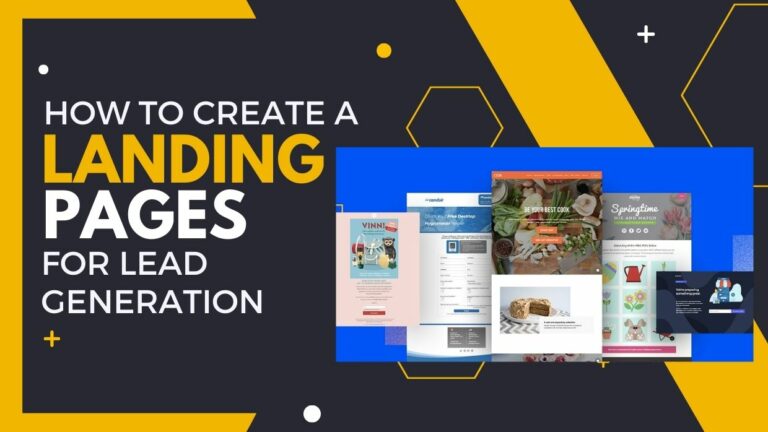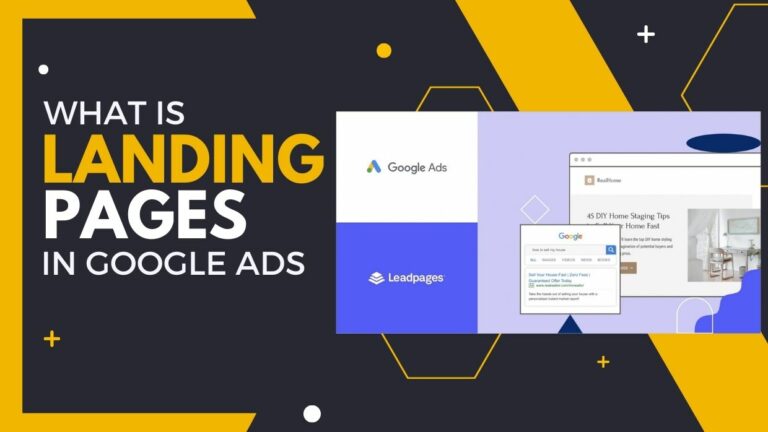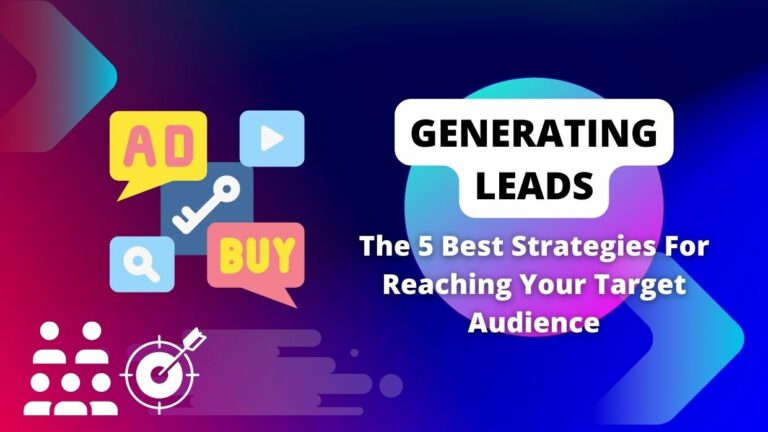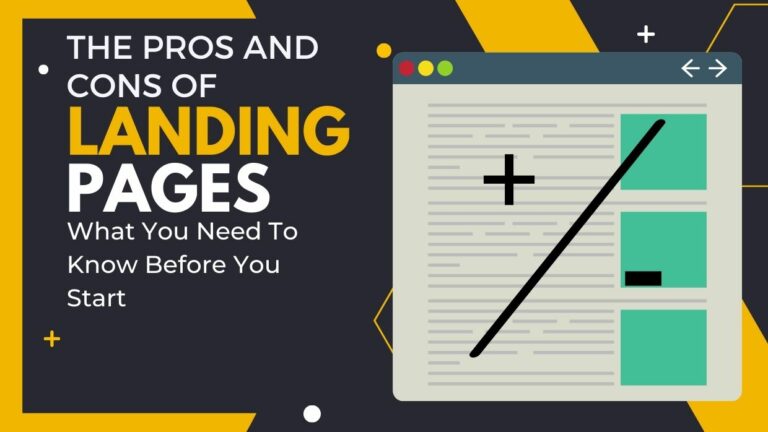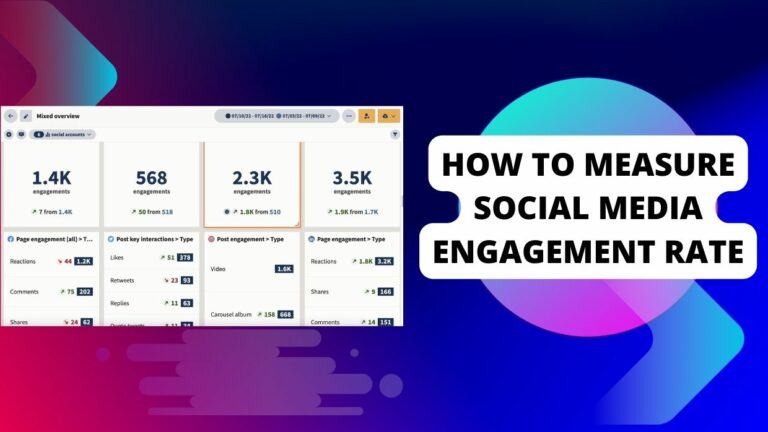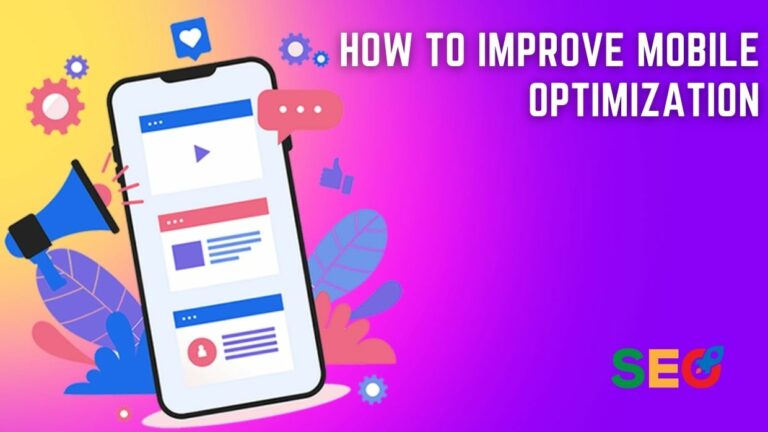What is a Landing Page in SEO
“What is a Landing Page in SEO” Are you looking for ways to improve your website’s SEO and increase conversion rates? If so, then understanding what a landing page is and how it can help your business is essential. In this blog post, we’ll dive deep into the world of landing pages in SEO, exploring their purpose, structure, and best practices for creating effective ones that drive results. So buckle up and get ready to learn everything you need to know about landing pages in SEO!
What is a Landing Page in SEO
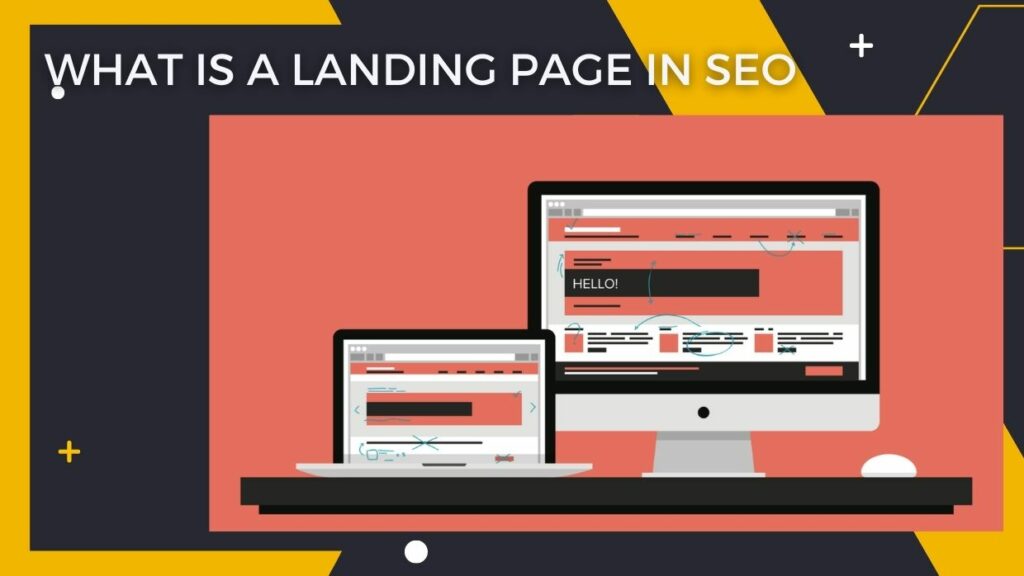
A landing page is a web page that serves as the entrance to your website. It is the first page that visitors see when they come to your site. The purpose of a landing page is to give visitors a brief overview of what your website is about and to persuade them to stay and explore further.
There are many different types of landing pages, but all have one thing in common: they are designed to get visitors to take action. The goal of your landing page will determine its design and content. For example, if you are selling a product, your landing page will be focused on persuading visitors to buy that product. If you are promoting a blog post, your landing page will be focused on getting visitors to read the blog post.
The most important elements of a landing page are the headline, the call-to-action (CTA), and the form. The headline should be clear and concise, and it should explain what the visitor will get by taking action. The CTA should be prominently displayed and it should be clear what action the visitor needs to take. The form should be simple and easy to fill out; it should only ask for the information that is absolutely necessary.
A well-designed landing page can make a big difference in whether or not visitors convert into leads or customers. If you want people to take action on your website, make sure you have a strong landing page strategy!
Anatomy of a Good Landing Page
A well-designed landing page can be the difference between a successful website and one that fails to convert visitors into leads or customers. There are a few key elements that all good landing pages share:
- A clear and concise headline that tells visitors what they can expect on the page
- A strong, relevant image that reinforces the message of the headline
- A short, easy-to-read description of what the visitor will find on the page
- A call-to-action (CTA) that is impossible to miss and encourages visitors to take action
- A well-designed form that is easy to fill out and captures the necessary information from leads
- Social proof in the form of testimonials or customer reviews to build trust with visitors
- A clear and user-friendly navigation bar so visitors can easily find their way around the site
- Fast loading times so visitors don’t get frustrated and leave before converting
- Mobile responsiveness so visitors can access the site from any device
- An engaging and compelling design that makes it easy for visitors to consume your content
What is the Purpose of a Landing Page?
The purpose of a landing page is to provide visitors with a specific, targeted message that encourages them to take action. The goal of a landing page is usually to generate leads or sales for a business.
When it comes to SEO, a well-optimized landing page can help improve your website’s search engine ranking and visibility. A landing page that is designed for search engine optimization (SEO) will typically include relevant keywords and phrases in the title and body copy, as well as in the page’s URL and meta tags.
An effective landing page will also be designed to be user-friendly and easy to navigate. This means that it should have a clear and concise call-to-action (CTA), and minimal distractions such as sidebars or navigation menus.
Types of Landing Pages
A landing page is a web page that allows you to capture a visitor’s attention and persuade them to take a desired action. There are many different types of landing pages, each with its own unique purpose and goals. Some common types of landing pages include:
Click-through landing pages: These are designed to increase the likelihood of a visitor clicking through to another page on your website. They typically include a strong call-to-action (CTA) and persuasive copy.
Lead generation landing pages: These are used to collect contact information from visitors in exchange for something of value, such as an eBook or white paper. They usually include a form that must be completed before the visitor can access the promised content.
Product promotion landing pages: These are used to increase sales of a specific product or service. They often include compelling offers, product details, customer testimonials, and/or a video demonstration.
Event registration landing pages: These are used to get people to sign up for an event, such as a webinar or conference. They typically include all the details about the event along with a registration form.
Benefits of Using a Landing Page for SEO
When you are driving traffic to your website, you want to make sure that you are sending that traffic to a specific page that is designed to convert visitors into leads or customers. This is where a landing page comes in. A landing page is a specific page on your website that is designed with a particular purpose in mind, such as collecting leads for your sales team or getting people to sign up for your email list.
There are many benefits of using a landing page for SEO purposes. First, it allows you to focus all of your energy on one specific goal, which can help increase your conversion rate. Second, it gives you the opportunity to track your results and see how effective your SEO efforts are in bringing people to your site. Third, a well-designed landing page can help improve your search engine ranking by making sure that all the content on the page is relevant and keyword-rich.
If you’re looking to get the most out of your SEO efforts, then creating a landing page is a great way to do it. By focusing on one specific goal and providing relevant, keyword-rich content, you can increase your conversion rate and track your progress over time.
How to Create an Effective Landing Page
A landing page is a key element of any successful SEO strategy. It is the first page that a visitor will see when they arrive at your website, and it should be designed to convert them into a lead or customers. Here are some tips for creating an effective landing page:
Keep it simple. Your landing page should be free of distractions and focus on a single call to action.
Make it relevant. Your landing page should be relevant to the keywords you are targeting and the products or services you offer.
Use strong visuals. The use of strong visuals can help grab attention and persuade visitors to take action.
Use persuasive copy. The copy on your landing page should be clear, concise, and persuasive in order to convince visitors to take the desired action.
Include a call to action. Make sure your landing page includes a clear call to action, such as “Buy Now” or “Sign Up.”
Tips for Optimizing Your Landing Pages for SEO
- Make sure your landing pages are well-optimized for search engine ranking. This includes using the right keywords, providing relevant and useful content, and having a strong backlink profile.
- Keep your landing pages up to date with the latest search engine algorithms. This means regularly updating your content, adding new and relevant keywords, and improving your backlink profile.
- Monitor your landing pages closely to see how they are performing in the search engines. Use tools like Google Analytics to track your page views, time on the page, bounce rate, and other important metrics.
- Always be testing and improving your landing pages. Try different versions of your title, description, and call to action to see what works best for your audience.
Read more… How to Create a Website for E-commerce
Conclusion
A landing page is a great way to improve the SEO of your website and make it easier for customers to find what they are looking for. By having an optimized, well-designed landing page, you can create more targeted content that will drive organic traffic to your site. Additionally, you’ll be able to use this as a platform for customer acquisition and engagement. With all these benefits in mind, creating a high-quality landing page should be one of the top components in any effective SEO strategy.


